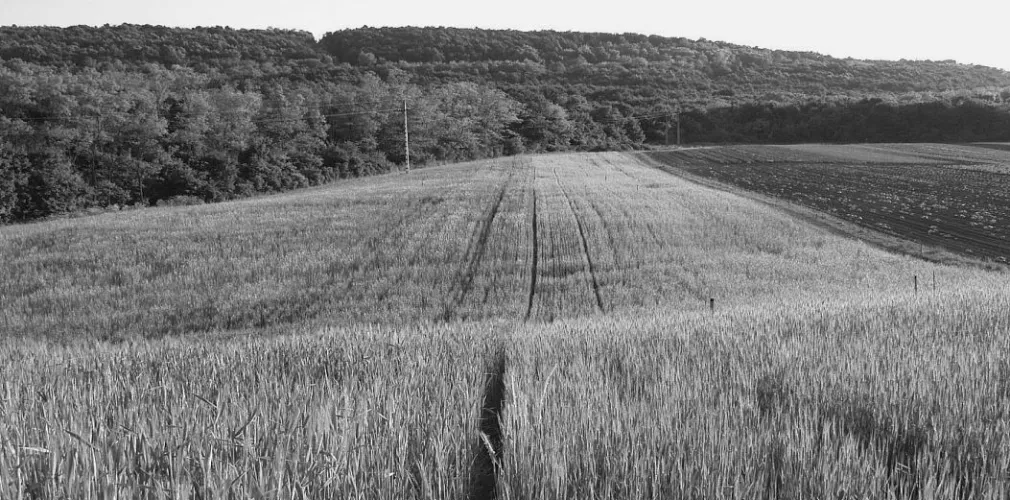
Az alakor és a tönke termesztésbe való visszahozatalának vizsgálata
Emődi Andrea – Gyulai Ferenc – Hartman Mátyás – Tirczka Imre
Szent István Egyetem, Mezőgazdaság- és Környezettudományi Kar, Környezet- és Tájgazdálkodási Intézet
Összefoglalás: Vizsgálatainkat a Szent István Egyetemhez tartozó Babatvölgyi Biokertészet Tanüzem által a rendelkezésünkre bocsátott 1,4 ha területű táblán végeztük, amelynek felében alakor, felében tönke került elvetésre. Ezen belül hat eltérő tápanyagadottságú parcella került kijelölésre, amelyekben növényszám, növénymagasság, kalászhossz, bokrosodás és gyomborítottság mérését végeztük el. Az aratást követően szintén ezen parcellákra felosztva terméstömeg, szem-szalma arány és ezermagtömeg vizsgálatát is elvégeztük. Az eredményeken SPSS programmal lineáris regresszió segítségével megvizsgáltuk, hogy milyen összefüggés lehet a növény tulajdonságai és a tápanyagok mennyisége között.
The analysis of the possible reintroduction of einkorn (Triticum Monococcum) and emmer (Triticum Dicoccum) into production
The einkorn variety „Mv Alkor” and the emmer variety „Mv Hegyes” are resistant varieties having high nutritional value and low nutrient demands, which are recommended to use in organic farming. Being new varieties, currently only limited experience is available about their production. Therefore, the aim of our research was to collect more knowledge about einkorn and emmer and to gain experience about their production besides the development of a new series of analyses which – together with the results of new research – may help to collect more knowledge about the production characteristics of these two varieties.
Field experiments were carried out in the 1.4 hectares large field of the Babatvölgy Organic Educational Farm belonging to the Szent István University. Einkorn was sown in half of the area, while emmer was sown in the other half. The field was divided into 6 parcels having different nutrition levels. We made analyses regarding the number of plants, the height of plants, the length of heads, the process of growing thick and weed cover in these parcels. After harvest we also made analyses about the weight of yield, the seed-straw ratio and the thousand-kernel weight by parcels. Based on the results a linear regression analysis was carried out with the help of the SPSS program. The analysis investigated the connections between the characteristics of the plants and the amount of nutrients in the soil.
According to the results, it can be stated that both einkorn and emmer are able to reach the expected yields even in soils with low nutrient level, their production technology is environmentally sound, and it is profitable even these areas as well. Furthermore, due to its allelopathic effect einkorn can be also used for the cleaning of arable lands infested with ragweed.
Tájökológiai Lapok 9 (2): 443-450. (2011), teljes tanulmány letöltése (PDF, új lapon nyílik)
